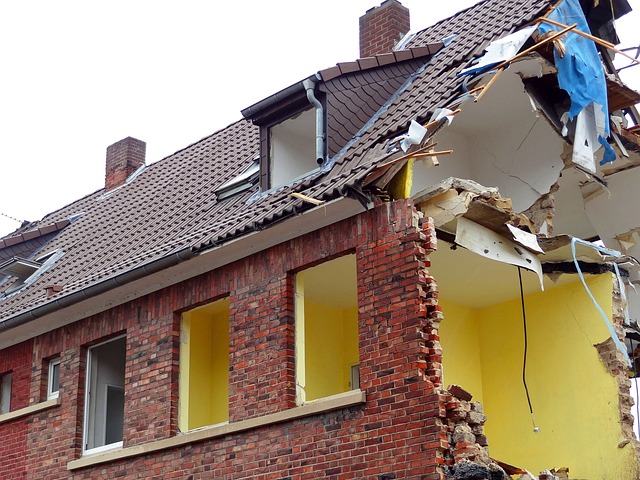DIY pipe insulation is an efficient way to winter-proof your home, prevent frozen pipes, and save on heating bills. Gather materials like fiberglass or foam insulation, cutting tools, protective gear, measuring tape, and a ladder. Identify high-risk areas such as outdoor hoses, water heaters, and exposed pipes. Turn off the water supply, cut and fit insulation around each pipe, securing it with duct tape. For added protection against freezing temperatures, wrap heat tape over insulated pipes.
Winterizing your home is a must for avoiding costly damage, and one often overlooked area is pipe insulation. In this guide, we’ll walk you through the process of DIY pipe insulation using simple tools and materials. Learn why proper insulation is crucial during cold months, explore essential supplies, and master a step-by-step approach to effectively protect your pipes from freezing temperatures. Master these tips, and you’ll winter-proof your home like a pro!
- Understanding Pipe Insulation: Why It's Essential for Winter Preparedness
- Gathering Materials and Tools for Your DIY Project
- Step-by-Step Guide to Effectively Winter-Proof Your Home's Pipes
Understanding Pipe Insulation: Why It's Essential for Winter Preparedness

Pipe insulation is a crucial component in preparing your home for winter. It’s not just about preventing frozen pipes; it’s a key strategy for maintaining energy efficiency and avoiding costly damage. In cold weather, heat loss through pipes can significantly raise your heating bills and lead to weak spots in your home’s overall insulation.
DIY pipe insulation is an accessible way to take control of these issues. By insulating exposed pipes, you create a barrier that slows down heat transfer, keeping the water within your plumbing system at a consistent temperature. This simple step ensures that your hot water stays hot and your heating system doesn’t have to work overtime, resulting in lower energy consumption and a cozier home environment during the winter months.
Gathering Materials and Tools for Your DIY Project

Before you begin your DIY pipe insulation project, gather all the necessary materials and tools to ensure a smooth and successful process. The key components for this task include various types of pipe insulation in different sizes, depending on the pipes in your home. Insulation made from fiberglass or foam is commonly used due to its excellent thermal properties and flexibility. You will also need a utility knife or scissors for cutting the insulation to the right length, as well as tape (often electric or duct tape) to secure the insulation in place.
Don’t forget protective gear like gloves and safety goggles to shield yourself from any sharp edges or debris. A measuring tape is essential to accurately determine the length of pipes that need covering. Additionally, a ladder might be required to access hard-to-reach areas. Having these materials and tools ready will allow you to efficiently winter-proof your home and prevent costly damage caused by frozen pipes.
Step-by-Step Guide to Effectively Winter-Proof Your Home's Pipes

Winter can be harsh, and your home’s pipes are vulnerable to freezing temperatures. To prevent costly damage, following a comprehensive DIY pipe insulation guide is essential. Start by identifying the most at-risk areas, like outdoor hoses, water heaters, and exposed pipes in basements or attics. Next, gather materials including foam insulation, duct tape, and heat tape. Begin by turning off the water supply to the affected pipes and draining them if necessary. Cut the insulation to fit around each pipe, ensuring a tight seal. Secure it with duct tape for added protection against air leaks. For extra warmth, wrap heat tape over the insulated pipes, activating it when temperatures drop below freezing. Repeat this process until all vulnerable pipes are protected.
Winter-proofing your home with DIY pipe insulation is a simple yet effective way to prevent costly damage and keep your pipes from freezing. By following these straightforward steps, you can ensure a comfortable and warm home throughout the colder months. Embracing these DIY tips allows you to take control of your home’s preparedness, saving you money and potential headaches in the long run. So, gather your materials, follow the guide, and make your home winter-ready!
